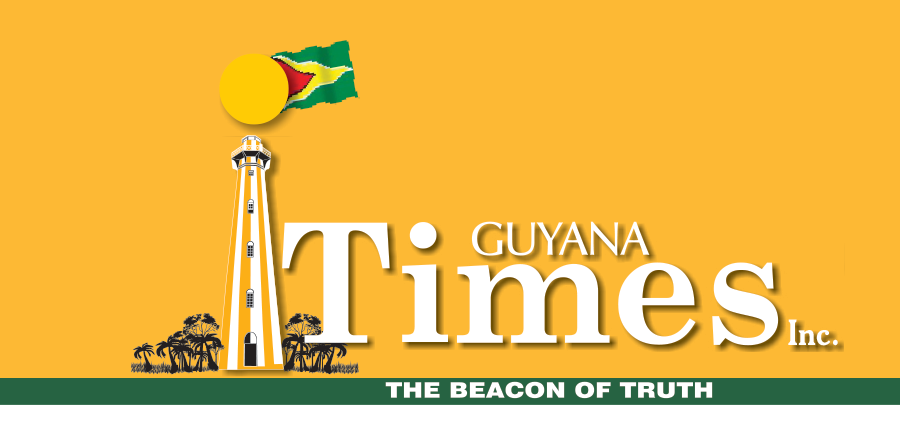What should the diet of the canine senior citizen be?
Firstly, we must understand that older dogs – being less active – would need less energy-giving foods (less calories). If you continue to feed the same amount of food of the same nutritive content as the animal ages, it is certain to put on weight, mainly in the form of fat.
This, in turn, leads to more pressure on some of the organ systems (heart, liver, kidney), the joints and the limbs. Furthermore, this tendency to feed (irrespective of age) sweets (chocolate), snacks, and left-over food (table scraps) contributes further to obesity, if there is no equivalency via energy burning activities.
We must recognize that in biology, we can only speak of averages. That which is correct for one dog is not necessarily the right thing for another pooch. The feed (energy) requirements vary from dog to dog, even within the same breed, or in dogs of the same gender.
Arriving at a balanced diet in adequate quantities is highly dependent on your observations and guidance from your veterinarian. Well, for one thing it is important to differentiate between an active old dog, and a listless, lethargic old dog. Is it a temperamentally hyper old dog or an apathetic, sedentary dog? Moreover, you want your dog, old as he is, not to be exhibiting “skin and bones” or be flabby and obese.
The rule of thumb is to feed the dog with 25 – 30 calories per pound body weight. The problem is how to calculate the calories. This matter is easily dealt with, if you feed a “name-brand” imported dog food – whether dry or in a tin. The label on the package will tell you how many calories are in each serving, and you can calculate accordingly.
The situation is more difficult if you are feeding local food. Your vet will advise you how much mince or chicken or fish and rice you may feed. A one-to-one ratio of cooked meat and rice as the base is an acceptable proportion. A good quality diet for the elderly dog requires a higher percentage of digestible protein relative to the carbohydrate component.
Examples of foods which contain high quality, relatively easily digestible protein include cottage cheese, skimmed milk, high quality (low fat) special mince and eggs. If you notice your dog losing weight with this type of diet, then I advise you to add more boiled rice to the feeding regime at once and discuss with your vet.
Too much pure protein is definitely contraindicated. Feeding only meat would increase the nitrogen load and place an added stress on the liver and kidneys. And if the old dog cannot handle the excessive amounts of protein, the organs, especially the function of the kidneys can be compromised – (kidney failure).
Now what do we do about fats in the diet? You have always heard (and you know only too well from your personal enjoyment) that fats increase the palatability of food. However, in the older dog, fats (high in calories) are not easily digested. Yet, some amount of fat has to be in the diet, if for no other reason than to aid in the absorption of certain vitamins, and for the production of essential fatty acids. Plant oils or fatty fish (salmon, mackerel) are food sources of fats for the elderly dog.
Fiber is another important component of the senior dog’s diet. It aids in digestion and helps prevent constipation, a common problem in older dogs. Including fiber-rich foods such as pumpkin, sweet potatoes, and bora can ensure that your elderly dog’s digestive system remains healthy and provide additional vitamins and minerals.
Puppy ration is an acceptable food for those who are unable to prepare fresh cooked meals for the elderly dog. A simple basic maintenance diet of equal quantities of corn meal porridge and commercial puppy ration, with a vitamin/mineral supplement is recommended. Older dogs often benefit from an increased intake of certain nutrients such as antioxidants, which help to combat the effects of aging on their cells. Thus, adding Omega-3 fatty acids can also be beneficial for maintaining joint health and reducing inflammation—common issues in senior dogs.
Do recall that the function of the kidneys in the elderly dog is more often than not the first to be compromised. This reduced kidney function often results in loss of B-vitamins in the urine. Moreover, some minerals and vitamins are not optimally absorbed through the intestines of the old dog. They are defecated out in the stool, and must be replaced. You can use any of the many pet vitamins/minerals products on the market – following veterinary advice, of course.
Concluding guidelines:
– Instead of feeding the old dog only once daily, it may be of value to divide his daily requirements into two or three feeds.
– If the dog has a specific organ ailment or is already too obese, let your vet prescribe a specific diet for your pet.
– Do not feed the old dog cold food.
– Do not make sudden or regular changes to diet. Whatever is the routine, stick to it – as long as there are no obvious deleterious consequences. The digestive tract of the elderly dog has specific bacteria which have “evolved” to deal with a specific diet. A sudden change (even in the water quality) can create a diarrhoea and other gastro-intestinal upsets. If you have to change the diet, do it gradually.
– Examine the oral cavity often for gum disease and tooth problems, which will affect intake and need veterinary care.
– Note the impact of diet on the stomach (distension), defecation, and discomfort. Discuss any digestive issues with your veterinarian.
Discover more from Guyana Times
Subscribe to get the latest posts sent to your email.









